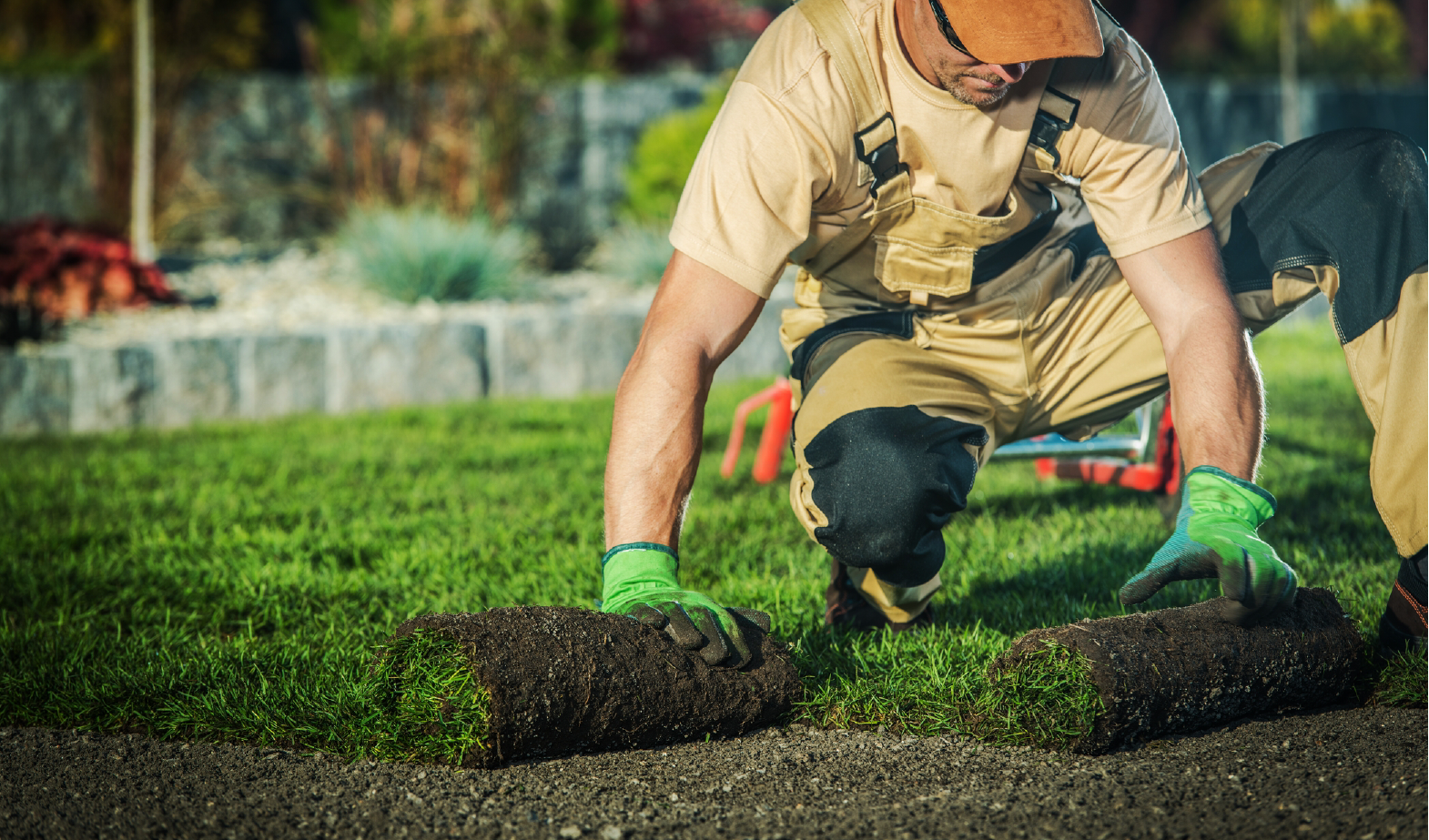Biochar Quality
EASY READING SUMMARY
Biochar is used for soil amendments and animal feed additives. Only biochar of high quality is suggested for the use in agriculture. The quality of biochar depends on its carbon content. The carbon content should be 90% and more of its dry weight.
In order to produce biochar of high quality, only biomass from plants should be used. For example, blended kitchen waste is excluded. The cleanest biochar is produced from trees, for example trees, which have to be taken out of the woods to prevent wild fires. But other clean biomass is accepted too, for example almond shells.
In order to produce clean biochar, production temperatures should be 1,112° F or more. Such a temperature is guaranteed by the leading high quality biochar producers.
The high temperature also prevents that a certain substance pollutes the biochar. The substance is called PAH. PAH can cause cancer and is dangerous for humans and animals. Certain low levels of PAH are accepted for biochar. The strictest rules apply for biochar if it is used as additive to animal feed.
Remark: The references mentioned in square brackets [ ] relate to the references used in the scientific report of dr. Arnold on the Biochar Calculator. You will find these references under References. The text is an excerpt of the scientific report.
Due to inconsistent nomenclature in literature a clarification is necessary about the terms “biochar”, “vegetable carbon”, “plant charcoal” etc. “Biochar” in a broader sense represents the general umbrella term for coal produced from biomass. In literature, the term “biochar” is used as the opposite to fossil coal. IBI (International Biochar Initiative) defines the term “biochar” in the following way: “Biochar is a solid material obtained from the thermo-chemical conversion of biomass in an oxygen-limited environment.” [ 54 ].
“Vegetable carbon” (also: “vegetable black”, “plant charcoal”) represents a subcategory of biochar in this context, which is based exclusively on vegetable feedstock (plants, wood, non-faunal biomass). According to the definition of the European Biochar Certificate EBC [ 55 ], the authoritative quality standard for biochar in Europe, “Biochar is a porous, carbonaceous material that is produced by pyrolysis of plant biomasses and is applied in such a way that the contained carbon remains stored as a long-term C sink or replaces fossil carbon in industrial manufacturing. It is not made to be burnt for energy generation”. The European Biochar Foundation (EBC), Arbaz, Switzerland, is using the term “biochar” in the English version of the EBC-standard, which is a translation of the German version, where the German term “Pflanzenkohle” (= vegetable carbon) was originally used.
“Biochar” according to the EBC definition therefore presupposes the vegetable origin of the feedstocks as well as “carbonization” by the process of pyrolysis, i.e., at temperatures above 752° F (400° C). Accordingly, feedstocks with animal biomass components (e.g., meat waste, contents of the “organic waste collection bin”, mixed food scraps, mixed kitchen and canteen waste, etc.) and production processes in the low-temperature range are excluded as well as low-temperature production processes such as hydrothermal carbonization (HTC, HTC coals).
“Biomass pyrolysis” according to the EBC definition is a process whereby organic substances are broken down at temperatures ranging from 662° F to 1,832° F (350° C to 1000° C) in a low-oxygen carbonization process. Different types of biochar are therefore specific pyrolysis chars characterized by their additional environmentally sustainable production, quality and usage features. Gasification is understood as being part of the pyrolysis technology spectrum and can, if optimized for biochar production, be equally certified under the EBC (text quoted from [ 55 ]). Kalus et al. [ 79 ] showed in their review of 2019 that biochar feedstock and pyrolysis temperature count in terms of achievable biochar quality. Among the types of biochar compared, only biochar from pine woodchips made at a temperature of 932° F (500° C) could be attested a C-content above 90%. All other types of biochar, either from waste material, sludge, grains etc., or pine wood-chips pyrolyzed at 572° F (300° C), had a C-content which was significantly lower, in most cases even below 50% dry weight.
In addition to the solid product of the pyrolysis process, there are also two other products: the gaseous product – pyrolysis gas (low caloric gas containing CH4, which can be used e.g., for power generation), and the liquid product – pyrolysis oil (also: pyroligneous acid), which can be used in for example in the chemical industry.
“Hydrothermal Carbonization (HTC)” is a process, in which biomass is heated in aqueous suspension to 356° F to 482° F (180-250° C) under elevated pressure, thus in a closed system, to produce a solid biochar (the so-called HTC-char). The produced char is a bituminous coal like material that can be used as energy source but also for soil amelioration and as sorbent in water treatment processes. Parts of the organic carbon of the feedstock are dissolved after HTC in the process water, the concentration of which can amount to 5-30 g C/liter depending on biomass source and process conditions, but only small amounts are released as gas, mainly CO2 (<5%). Various biogenic materials and waste biomasses have been used as feedstock, such as sewage sludge, municipal waste and spent grains (text quoted from [ 80 ]).
In contrast to the HTC process, the biomass pyrolysis process operates with temperatures above 752° F (400° C). Leading producers of high quality biochar guarantee pyrolysis above 1,112° F (600° C), which completely destroys organic pollutants such as antibiotics, viruses or pesticides [ 73 ]. However, in the case of improper process management, i.e., in pyrolysis plants whose gasification process is not quality-controlled, new organic pollutants can be formed in the gas phase of pyrolysis, especially in the presence of oxygen: polycyclic aromatic hydrocarbons (PAHs) [ 73 ], which are classified as carcinogenic [ 81 ]. If these gaseous PAH condense during cooling in the biochar with its high specific surface (pores), the biochar product is PAH charged. Some authors suggest that PAH in larger concentration occur in pyrolysis processes above pyrolysis temperatures of 1,292° F to 1,382° F (700° C to 750° C) [ 53 ][ 82 ][ 83 ].
Garcia-Perez [ 82 ] and Sohi et al. [ 84 ], however, concluded in their reviews a decade ago that to date, no evidence of leachable PAHs has been found in woody biomass biochar from either fast or slow pyrolysis. Some conclusions drawn from these observations, like for instance to confine biochar-sources eligible for carbon credits resp. offsets e.g., to processes with pyrolysis temperatures below 1,382° F (750° C) [ 53 ] do not convince if chemistry and reaction dynamics are given a closer look.
According to technical information given by a biochar producer, for the pyrolysis process it seems to be more important to separate the gas fraction and the solid fraction at a temperature level above condensation temperature of PAHs and to avoid early contact with air (oxygen) before the biochar has been cooled down to environment temperature. Obviously, there are many aspects and parameters influencing the PAH-concentration of biochar. Therefore, the most reliable way to guarantee that only high-quality biochar with low PAH-content is used in agriculture and rewarded e.g., by means of carbon offsets seems to be frequent monitoring by means of probe sampling and analysis of the end product biochar.
In any case, the PAH concentration is one of the most decisive quality parameters of biochar from pyrolysis [ 73 ], if the biochar is to be used for purposes in agriculture (food production and soil improvement). The current draft amendment to EU Regulation (EU) 2019/1009 (rules for making EU fertilizer products available on the market) claims a PAH limit of 6 mg/kg d.w. [ 85 ]. This corresponds to the specification for the basic quality level EBC-Agro [ 55 ]. However, according to the “EBC-Feed” [ 56 ] and “EBC-Agro-Bio” standards [ 55 ], the PAH concentration in biochar must not exceed the stricter limit of 4 ±2 mg/kg d.w. Such a claim is feasible, even at higher pyrolysis temperatures. The leading quality biochar suppliers comply with a PAH value of up to 4mg/kg d.w.
With this background given, the term “biochar” is used in this document in a very restricted manner within the meaning of the EBC definitions and in terms of its composition further restricted to the highest EBC quality levels “EBC Feed” and “EBC Agro-Bio” [ 55 ].
The product specifications of biochar assumed for the Biochar Calculator are further restricted to a carbon content of > 90% and to just the highest quality of feedstock for biochar production (only natural wood of the highest quality grade A1 from sustainably managed forests). This ensures a consistently uniform product. Vegetable carbon from nonwoody feedstocks usually only achieves carbon contents of 40 to 60% [ 73 ].
Requesting and selecting the highest quality of biochar for food production purposes pays off for the farmer, because the use of high-quality biochar based on pyrolyzed plant biomass offers significant advantages in all fields of the agricultural value chain.


